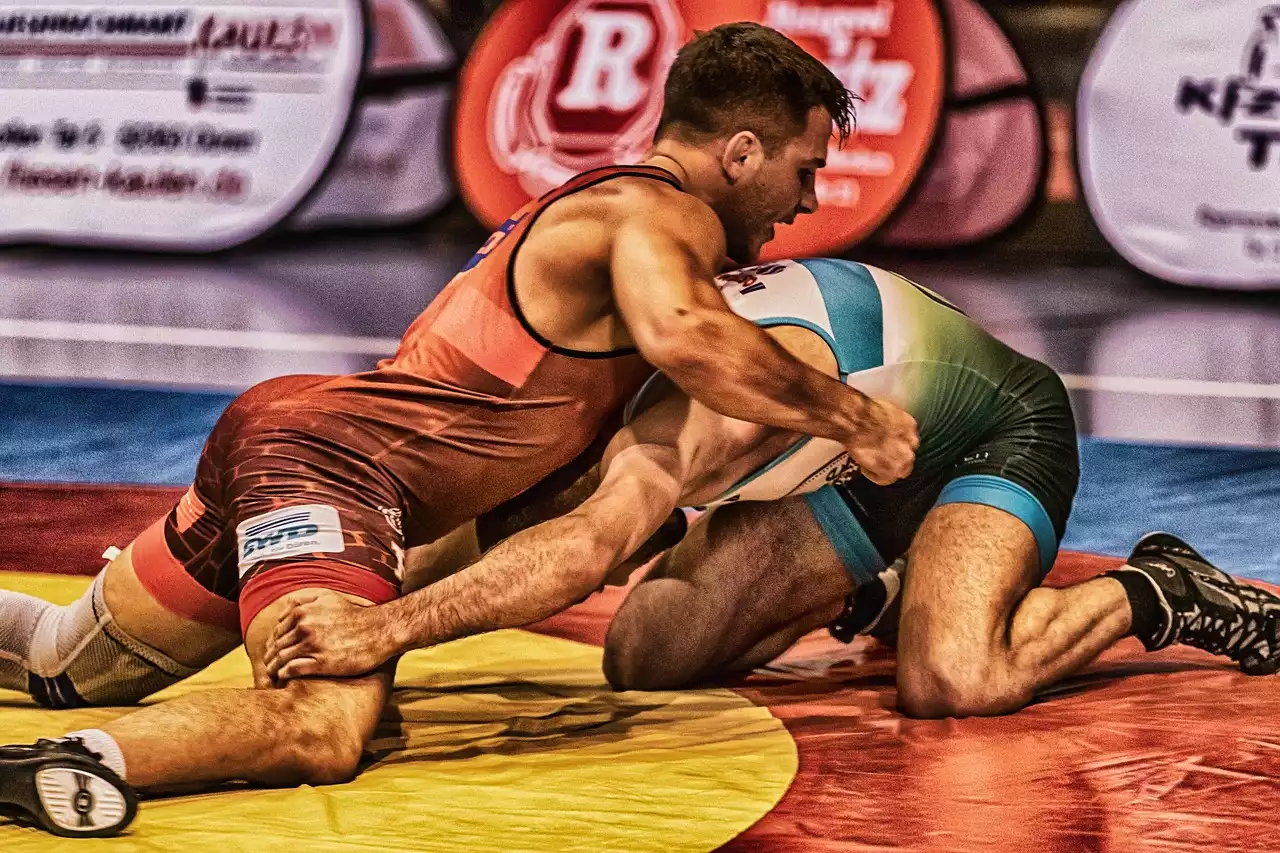The History of Wrestling Leagues
The roots of professional wrestling can be traced back to the carnival sideshows of the 19th century. Wrestlers would travel from town to town, challenging local strongmen and engaging in staged matches with predetermined outcomes. These early wrestling matches were known as "catch-as-catch-can" wrestling, and they were often brutal, no-holds-barred affairs.
In the early 20th century, wrestling began to evolve into a more organized and regulated sport. Promoters began to stage matches in arenas and stadiums, and wrestling leagues began to form in various regions of the country. Some of the most popular regional promotions included the National Wrestling Alliance (NWA), the American Wrestling Association (AWA), and World Class Championship Wrestling (WCCW).
The Rise of Vince McMahon and WWE
In the early 1980s, a young promoter named Vince McMahon took over his father's wrestling company, the World Wrestling Federation (WWF), and began to revolutionize the industry. McMahon realized that wrestling could be more than just a regional attraction and began to promote his wrestlers as larger-than-life characters with unique personalities and storylines.
Under McMahon's leadership, the WWF became a national phenomenon, with wrestlers like Hulk Hogan, Andre the Giant, and "Macho Man" Randy Savage becoming household names. McMahon also introduced pay-per-view events like WrestleMania, which drew massive audiences and helped to establish wrestling as a legitimate form of entertainment.
Competitors in the Industry - WCW and ECW
In the 1990s, wrestling saw a surge in popularity, with the emergence of two major competitors to the WWF: World Championship Wrestling (WCW) and Extreme Championship Wrestling (ECW). WCW was owned by media mogul Ted Turner and featured a roster of top talent, including Sting, Ric Flair, and "The Outsiders" (Scott Hall and Kevin Nash). ECW, on the other hand, was known for its hardcore, extreme style of wrestling and featured up-and-coming stars like Rob Van Dam and Taz.
The Monday Night Wars
The competition between the WWF, WCW, and ECW reached a fever pitch in the late 1990s, with the WWF and WCW engaging in what became known as the "Monday Night Wars." Each week, the two companies would go head-to-head with their flagship shows, Monday Night Raw and Monday Nitro, respectively.
This intense rivalry led to a number of innovations in wrestling, including the creation of new characters and storylines, and the development of new wrestling techniques and styles. The Monday Night Wars also helped to establish wrestling as a legitimate form of entertainment and paved the way for the industry's continued growth and success.
The Attitude Era
In the late 1990s and early 2000s, wrestling entered a new era known as the "Attitude Era." This period was characterized by edgier content, more risqué storylines, and a focus on shock value. The Attitude Era also saw the rise of new stars like "Stone Cold" Steve Austin, The Rock, and Triple H, who became household names and helped to cement wrestling's place in popular culture.
The Evolution of Wrestling - From Sports Entertainment to a Global Phenomenon
Today, wrestling has evolved from a regional attraction to a global phenomenon. Wrestling leagues like WWE, AEW, and NJPW have millions of fans around the world, and their wrestlers are some of the most recognizable celebrities on the planet. Wrestling has also become more diverse and inclusive, with wrestlers from all backgrounds and cultures competing on the global stage.
One of the keys to wrestling's success has been its ability to adapt and evolve over time. From the early days of catch-as-catch-can wrestling to the modern era of high-flying acrobatics and complex storylines, wrestling has constantly pushed the boundaries of what is possible in the ring.
The Impact of Social Media on Wrestling
Another factor that has contributed to wrestling's success is the rise of social media. Platforms like Twitter, Instagram, and YouTube have allowed wrestlers to connect with fans on a more personal level and have helped to promote the industry to a wider audience. Social media has also provided a platform for wrestlers to express themselves and connect with fans outside of the ring, helping to build their personal brands and increase their visibility.
The Sponsors of Wrestling
Sponsorship has also played a significant role in the growth and success of wrestling. Companies like Coca-Cola, Pepsi, and Snickers have all sponsored wrestling events and wrestlers, helping to promote the industry and increase its visibility. These partnerships have also provided wrestlers with new opportunities and revenue streams, allowing them to monetize their popularity and reach new audiences.
Future Predictions for the Industry
So, what does the future hold for wrestling? With the continued growth of streaming services and the rise of social media, it's clear that wrestling will continue to evolve and adapt to new technologies and platforms. It's also likely that we'll see more diversity and inclusivity in wrestling, with wrestlers from all backgrounds and cultures competing on the global stage.
Ultimately, the key to wrestling's continued success will be its ability to connect with fans on an emotional level. Whether it's through thrilling matches, compelling storylines, or larger-than-life characters, wrestling has always been about creating a connection with its audience. As long as wrestling can continue to do that, it will remain a billion-dollar business for years to come.










